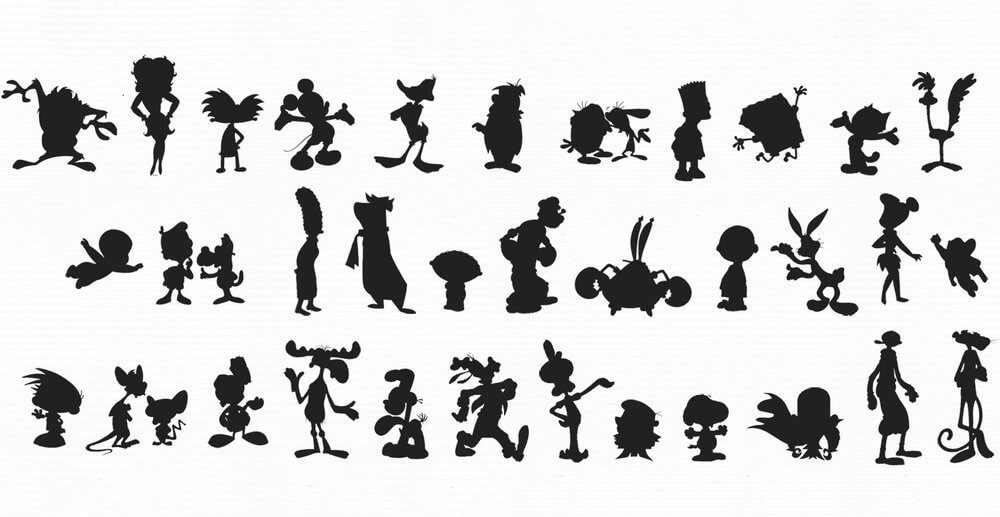Designing characters for video games is an important process to create an immersive experience. Understanding the game’s genre, style, and story while making the characters memorable and easily identifiable is key. Creating a consistent design and visual language across the game’s characters can enhance the world-building experience. Balancing both aesthetics and functionality is important, as player engagement can be affected by the character’s design. Designers should use references and research to create authentic characters that appeal to a wider audience. It is important to collaborate with the development team to create a seamless experience aligning with the game’s story and setting.
Designing Characters for Video Games: Tips and Tricks
Video games are an impressive art form, where storytelling, design, gameplay, and music come together to create an immersive experience. And designing characters is an essential part of that experience. A well-designed character can help players connect with the game, immerse themselves into the story, and even enhance the gameplay. So, let’s dive into some tips and tricks for designing characters for video games.
Understand the Game’s Genre, Style, and Story
Before starting designing video game characters, it’s essential to understand the game’s genre, style, and story. The world, game mechanics, and player expectations vary widely between genres, and so should the characters. A first-person shooter game’s character will have different features and designs than a role-playing game’s character. The character’s design should align with the gameplay and feel immersive. Understanding the game’s story and setting can also lead to designing characters that fit within that world and create a cohesive experience.
Make Your Characters Easily Identifiable
Your characters should be easily identifiable and memorable, and this is especially true in multi-player games. Players should be able to distinguish characters quickly, even when they are fighting or playing in groups. One way to achieve this is to use distinct features, shapes, colors, or costumes. For example, different costumes or armors can distinguish characters in role-playing games, or brightly colored hair, tattoos, or eyes can differentiate characters in fighting games. Having a memorable character can also help promote the game and create brand recognition.
Create a Consistent Design and Visual Language
Having a consistent design and visual language across the game’s characters can make the experience more enjoyable and immersive. The character’s features, colors, and shapes should be consistent with the game’s world and style. For example, if a game is set in a medieval world, characters should have armor, weapons, and clothing that reflect that period. Creating a visual language can enhance the game’s world-building and make the characters feel more authentic.
Balance function and aesthetics
Functionality is essential when designing characters for video games, but aesthetics are also critical. The character’s design should align with the game’s mechanics and be playable, but it should also be visually appealing. A well-designed character can attract players and keep them engaged in the game, whereas a poorly designed character can lead to frustration and negatively impact the game’s immersion.
Use References and Research
Using references and conducting research can help stimulate creativity and enrich the game’s world-building. References can include historical or cultural characters, mythology, or even real-life people. Researching different cultures, architectures, flora, and fauna, and folklore can provide inspiration and ideas. These can also help to avoid stereotypes and create more authentic characters that appeal to a wider audience.
Collaborate with the Development Team
Designing characters for video games is a collaborative effort. Working with the development team, including writers, artists, animators, and programmers, can strengthen the character’s design and make it consistent with the game’s world-building. Collaborating with the development team can create a seamless experience, where the game mechanics and the character’s features align with the game’s story and setting.
In conclusion, designing characters for video games is a challenging yet rewarding process. Incorporating these tips and tricks into the design process can result in memorable, identifiable, and immersive characters that enhance the game’s experience. Understanding the game’s world and style, designing consistent characters with a defined visual language, balancing functionality and aesthetics, using references and research sources, and collaborating with the development team can create a rich and engaging experience for players.
